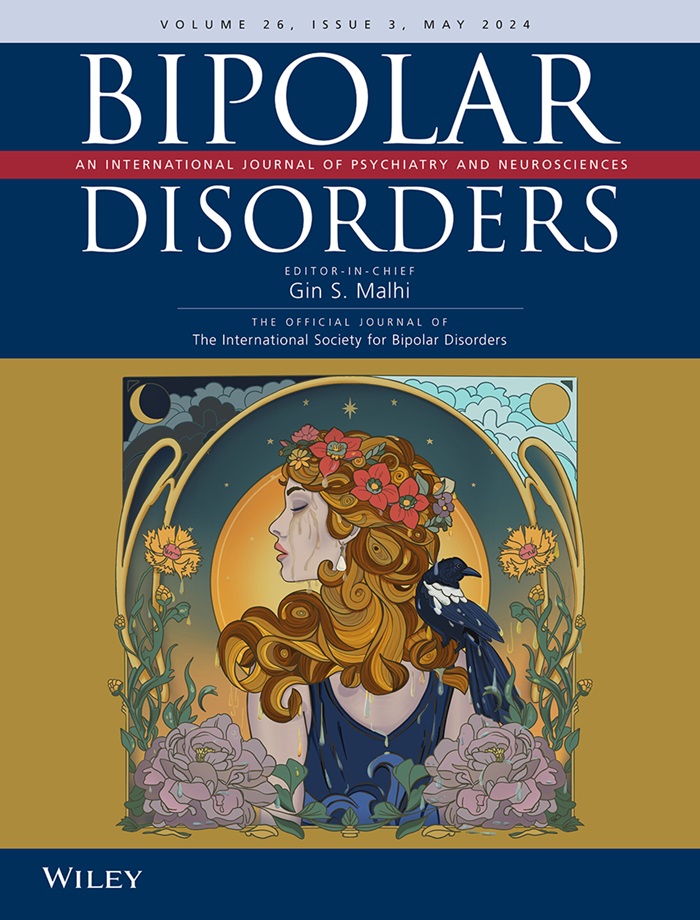Clinical and sociodemographic characteristics associated with relapse following electroconvulsive therapy for bipolar disorder
Abstract
Objectives
Electroconvulsive therapy (ECT) is an effective treatment for bipolar disorder, but relapse following a successful ECT series is common. We aimed to identify clinical and sociodemographic characteristics associated with the risk of relapse following ECT in bipolar disorder.
Methods
Using data from nationwide Danish registers, we identified all patients receiving their first ECT series with an indication diagnosis of bipolar disorder between 2006 and 2018. We then followed these patients for relapse, defined as either psychiatric admission or a new ECT series, for 6 months following ECT. Associations between clinical and sociodemographic characteristics and relapse were examined via multivariable Cox proportional-hazards regression, yielding adjusted hazard rate ratios (aHRR).
Results
Of the 1473 patients receiving ECT for bipolar disorder (62% females, mean age = 53 years), 34% met the relapse criterion. The following characteristics were associated with an elevated risk of relapse; age <40 (aHRR = 1.54, 95% CI = 1.05–2.26); being a pensioner (aHRR = 1.73, 95% CI = 1.29–2.32), indication diagnosis for ECT being psychotic mania (aHRR = 1.63, 95% CI = 1.16–2.28), psychotic bipolar depression (aHRR = 1.37, 95% CI = 1.06–1.80), mixed episode (aHRR = 1.51, 95% CI = 1.13–2.02), or other bipolar episodes (aHRR = 1.68, 95% CI = 1.28–2.21); and treatment with antipsychotics prior to the course of ECT (aHRR = 1.32, 95% CI = 1.04–1.67).
Conclusion
Patients with bipolar disorder face a particularly high risk of relapse following ECT if they present with the following characteristics when initiating ECT: age <40, being a pensioner, having received treatment with an antipsychotic before initiating ECT, or having psychotic bipolar depression, psychotic mania, mixed episodes, or other bipolar episodes as the indication for ECT. These findings may guide relapse monitoring following ECT in bipolar disorder.


 求助内容:
求助内容: 应助结果提醒方式:
应助结果提醒方式:


